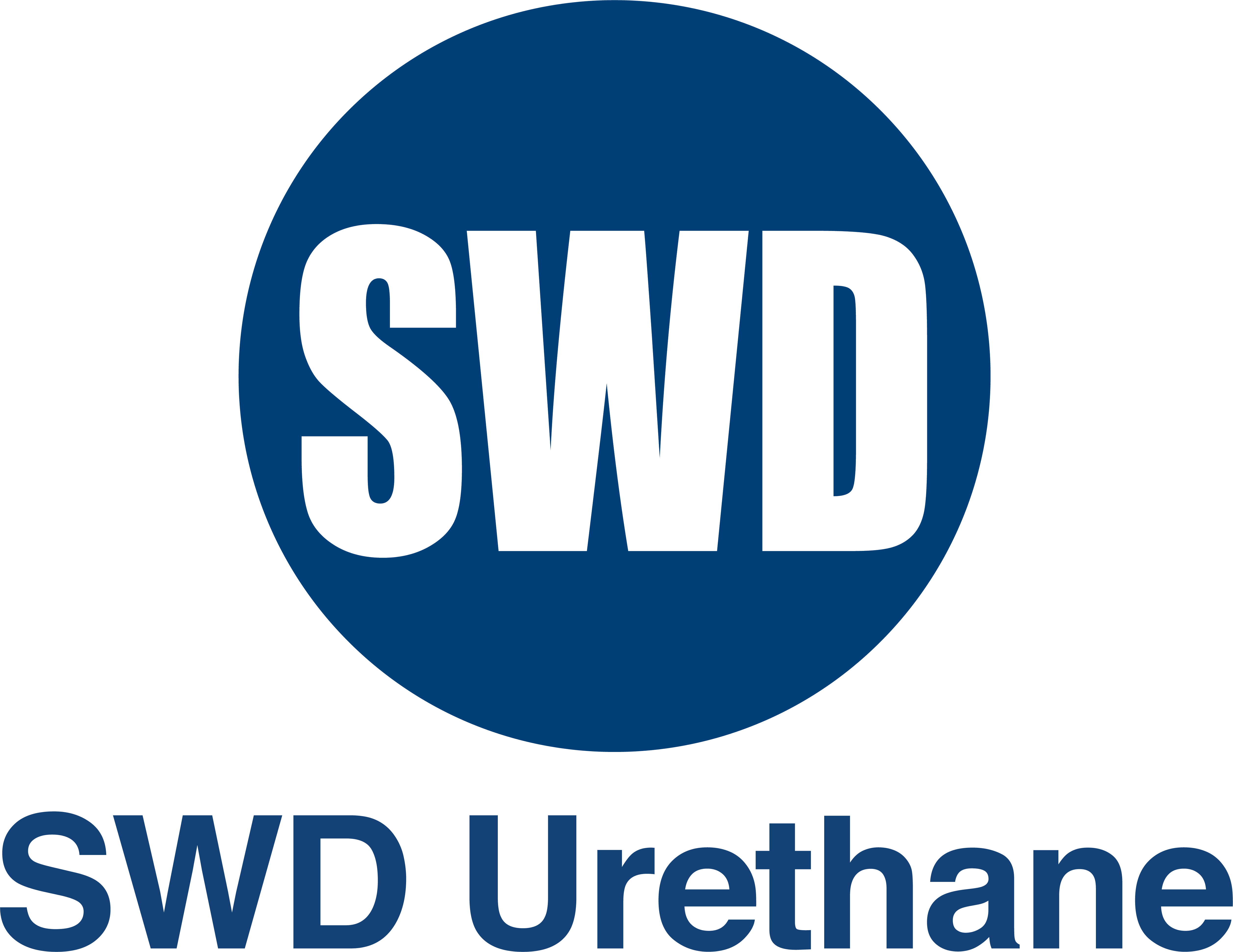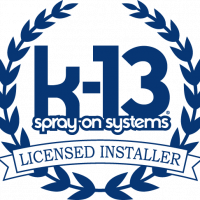No matter where you live, every homeowner knows that insulation is an essential element of every home. Insulation helps improve the integrity of your walls, keeps moisture out, reduces noise and keeps warm air in during the winter and cold air in during the summer. What most homeowners are less certain of is what type of insulation they should get.
Spray foam and fiberglass are two of the most common forms of insulation, and they both have certain pros and cons. At Ace Insulation Inc., your local source for insulation installation in Petaluma, CA, we’ve often discussed with our customers the differences between spray foam and fiberglass insulation. With our experience with this topic, we’ve decided to put together a homeowner’s guide to spray foam vs. fiberglass.
Cost
Fiberglass insulation is significantly cheaper than spray foam, although the difference in cost has been diminishing over the years. On average, fiberglass costs about $0.40 per square foot, while spray foam costs $3.
Installation
Fiberglass is also less expensive to install. It requires less special equipment and less expertise. In fact, in some cases, fiberglass can be self-installed, depending on your skill level and where the insulation needs to be installed. Fiberglass insulation can be purchased at most home improvement stores. While spray foam may cost more to install, it is ideal when insulation needs to be installed in hard-to-reach or cramped spaces because it can simply be sprayed into areas that are difficult to access.
Performance
While spray foam may cost more than fiberglass insulation, it also performs better. Fiberglass insulation is less effective than spray foam, particularly in extremely cold temperatures. Fiberglass uses air pockets to create insulation to help keep cold air out, while keeping warm air in. Spray foam, on the other hand, creates an airtight seal. Because of this, the temperature is usually more consistent throughout your home with spray foam. Spray foam can also help reduce your energy costs, since your HVAC system doesn’t have to work as hard to keep your home warm in the winter and cool in the summer.
Return on investment
Finally, which type of insulation offers a greater return on investment? While fiberglass costs less up front, it does not offer the same savings in the long run as spray foam insulation. Spray foam insulation not only reduces your energy bill, but it can also help reduce home maintenance costs, such as replacing your furnace or having to deal with mold and mildew problems. Spray foam insulation also lasts longer, which means you can save money on having to replace your insulation.
Overall, while fiberglass has a lower up front cost, both in product and installation costs, it does not offer the long-term quality of spray foam insulation. Which insulation you decide to go with depends on your long-term goals and budget. Regardless of which type of insulation you choose, Ace Insulation Inc. can help. We offer both spray foam and fiberglass insulation installation in Petaluma, CA. Just call us today to learn more or to schedule your installation service!


